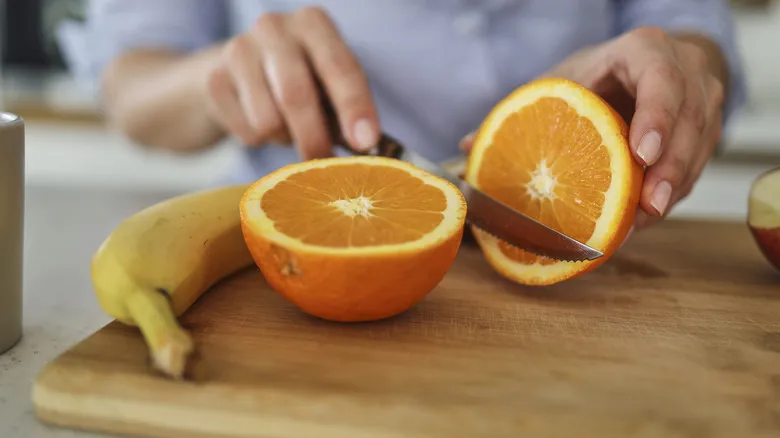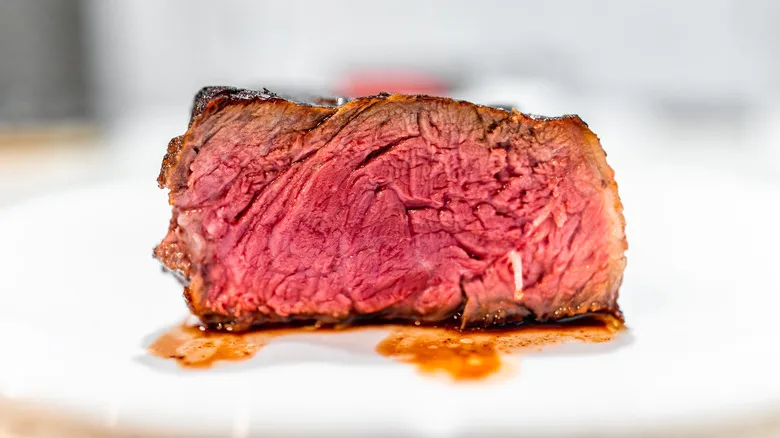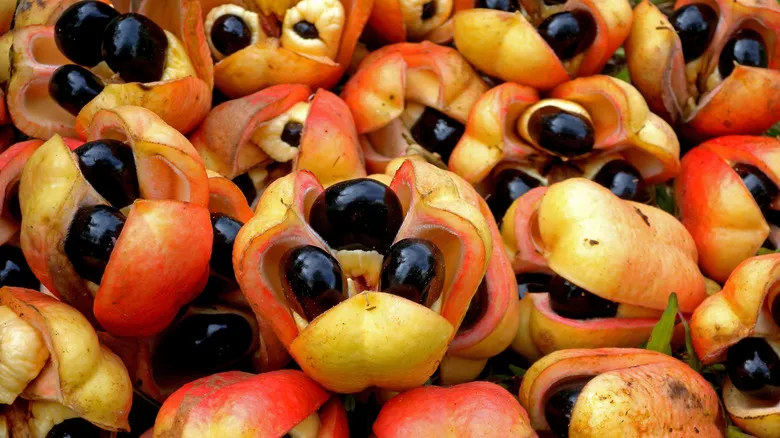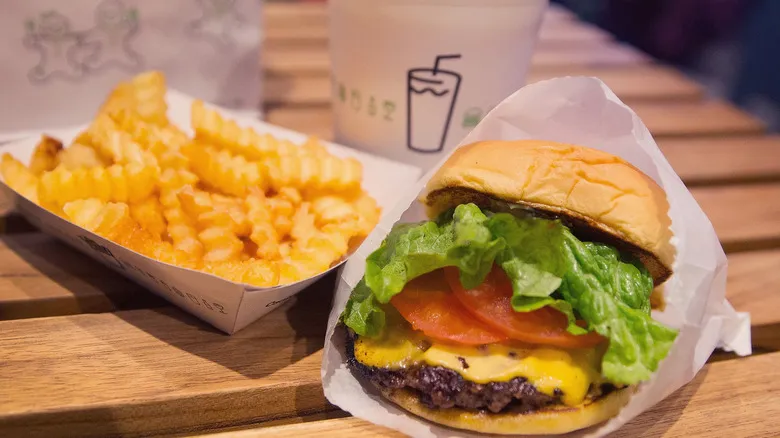A little acid goes a long way

You may already know that bananas are prone to bruising, which causes their insides to turn brown due to enzymatic browning and oxidation. When fruit tissue is damaged by factors like age, temperature, or rough handling, it releases a copper-rich enzyme as its cells break apart. This enzyme, known as polyphenol oxidase (PPO), does not react well with oxygen; in fact, it completely breaks down upon exposure to air. The phenolic compounds in PPO oxidize into quinones, which then react to produce melanin. This dark brown pigment is famous for coloring hair and skin, but it also gives bruised and brown bananas their color.
So, how can we stop this process? The solution involves another chemical reaction. To prevent oxidation, PPO and its phenolic compounds can be denatured using acid. Citrus juices like lemon, lime, and orange are excellent sources of citric acid, which can inhibit the enzyme's activity and keep banana slices from browning.
Fortunately, this method is straightforward and inexpensive, especially since you probably have a citrus fruit or its juice on hand. If not, vinegar can serve as an alternative. If you're concerned about your banana slices having a tart flavor, there's a sweeter option: Combine a bit of simple syrup with lemon or lime juice and coat your banana slices in the mixture.
Other ways to prevent banana slices from browning

Proper storage and timing can help prevent your bananas from turning brown. Depending on your purpose for cutting the bananas, you might want to wait until the last moment. Keeping the peel on for as long as possible helps maintain a banana's freshness and flavor while minimizing its exposure to oxygen. You can even slice a banana with the peel still on and then peel each slice individually before eating.
If you're looking to save time during meal prep, using citrus is the simplest solution. However, how you store your citrus-coated banana slices can also influence the browning process. To further slow down oxidation and discoloration, seal the slices in an airtight container and refrigerate them, as the cooler temperature reduces enzymatic activity. It's best to store cut bananas in the door or on the top shelf of your fridge, where it's warmer, since tropical fruits can suffer from "chilling injuries" (including browning) at temperatures below 45 degrees Fahrenheit. Finding the coolest—not the coldest—spot in your fridge can make a significant difference for your bananas after a few days.
Regardless of the reason for cutting up bananas, keeping them fresh once peeled can be challenging. With a bit of citrus juice and effective storage techniques, your sliced bananas can remain looking and tasting fresh for an extended period.
Recommended

What Makes Steak Juices Red, If Not Blood?

Pepsi Is Bringing Back Its Legendary Pepsi Challenge To Kick Off Super Bowl Weekend

Why It's Illegal To Bring The National Fruit Of Jamaica Into The US

Where Does Shake Shack Source Its Buns From?
Next up

